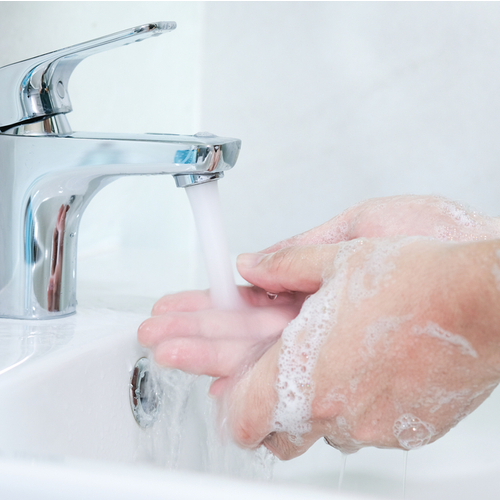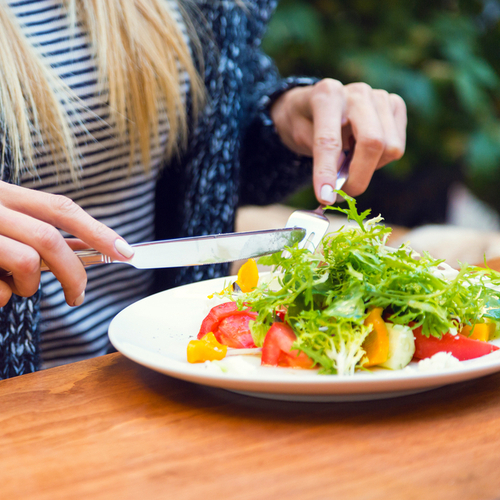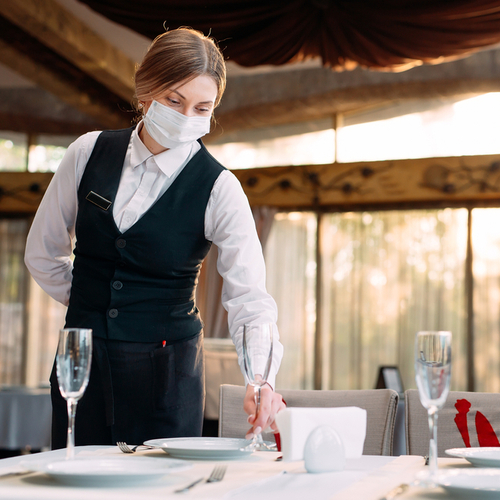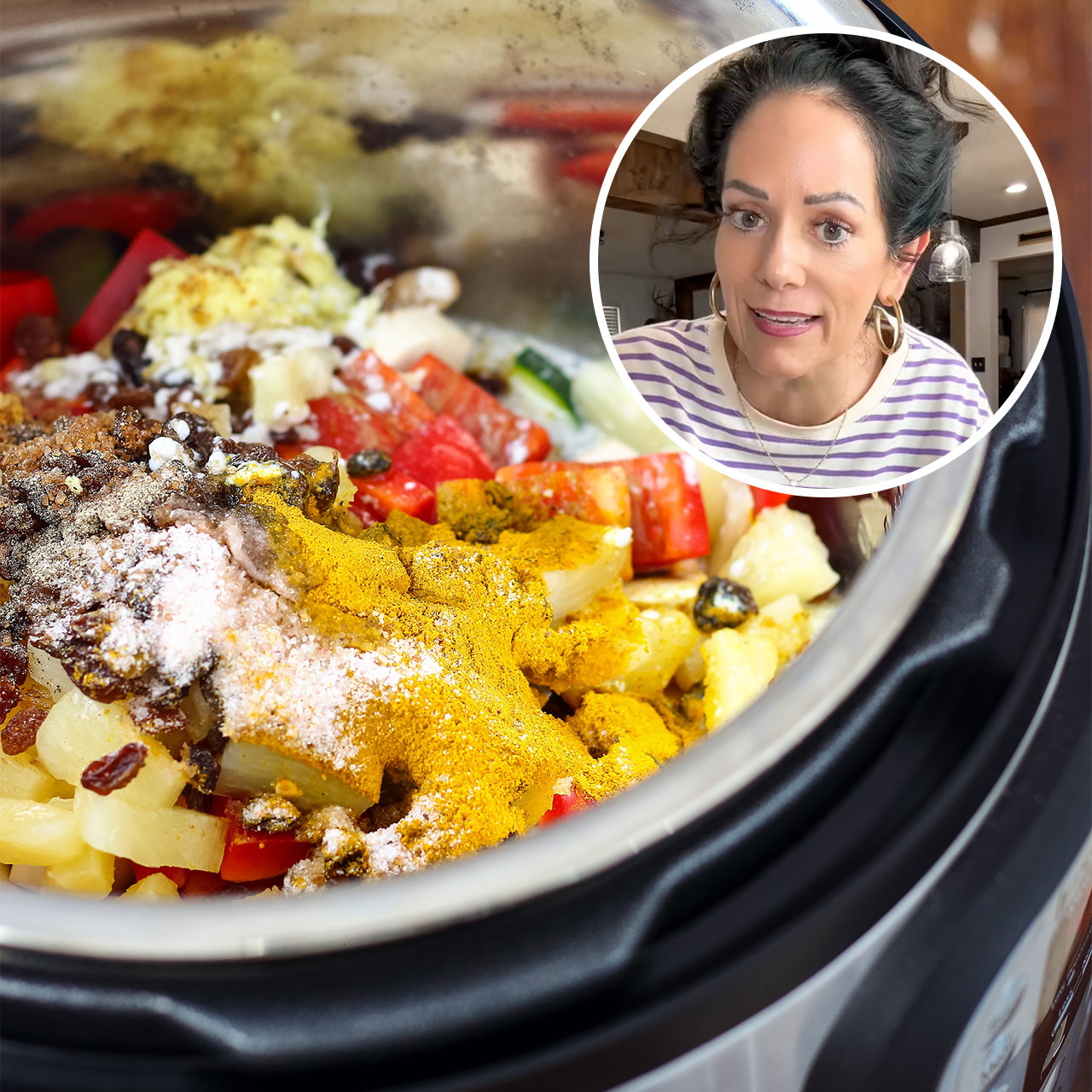This is an archived article and the information in the story may be outdated. Please check the time stamp on the story to see when it was updated last.
As some restaurants start re-opening, it’s a good idea to consider the kind of safety precautions you should take while dining out. To make the experience as safe as possible, many restaurants have made updates to their regular policies–including adding social distancing requirements and capacity limits. However, there are other steps that you, as the customer, can take as well to help with safety.
With that in mind, keep reading for the worst mistake you can make when eating in a restaurant!


Not Washing Your Hands
Washing your hands is hugely important when it comes to preventing the spread of COVID-19. This means washing them with soap and water for at least 20 seconds.
This hygiene practice is crucial when you return to restaurants, and a recent experiment demonstrates its necessity.

A recent viral video from Japan simulates the spread of germs and viruses in a restaurant setting.
CNN explains, "The video shows 10 people coming into the restaurant, with one singled out as an "infected" person. A fluorescent substance only visible under black light is applied onto that person's hands, representing germs from a cough or a sneeze. Each participant then goes about the buffet as they normally would, not considering a potential contamination."
At the end of the video, participants are blacked under black light to see how it spread--and the results showed that the "infection" had spread to the food, serving utensils, plates, and the faces of other participants.

This experiment is not a perfect replica of how COVID-19 would spread in a restaurant.
Kentaro Iwata, an infectious disease specialist at Kobe University explained, "The experiment just described the possibility of the spread by contact, and that is not proof of what happened, so the distinction has to be clearly made between what could happen and what did happen."

However, in a second experiment, everyone (including the "infected" participant) washed their hands and took the necessary precautions, such as wiping down high touch surfaces.
The results were very different: "When the participants went under the black light, none of the substance from the "infected" person had spread to the other participants."


























